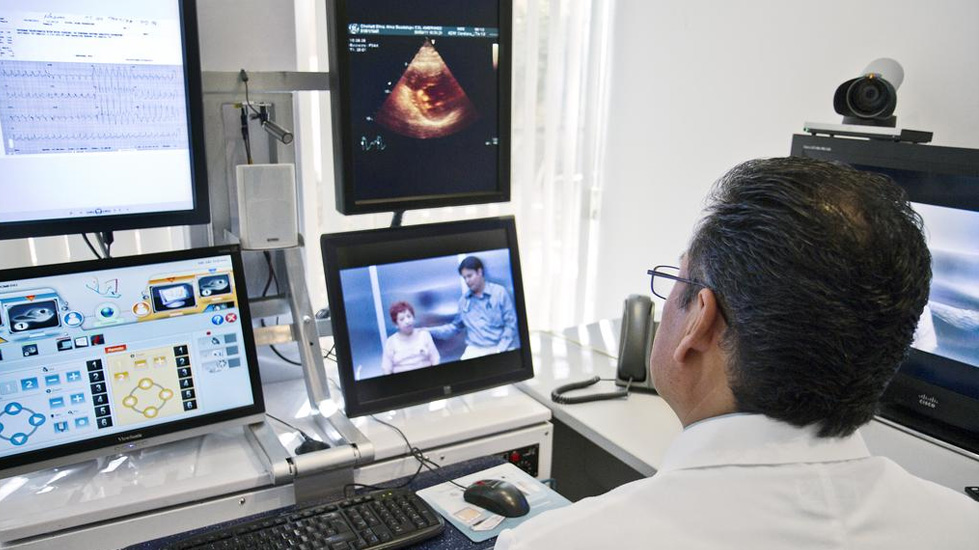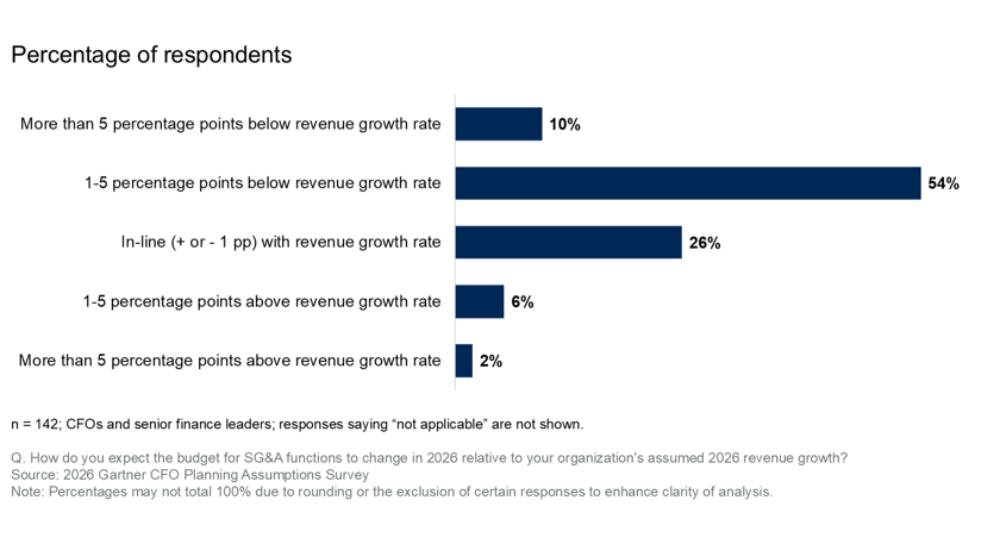Changes in the way that health care is delivered during this pandemic are needed to reduce staff exposure to ill persons, preserve personal protective equipment (PPE), and minimize the impact of patient surges on facilities. Healthcare systems have had to adjust the way they triage, evaluate, and care for patients using methods that do not rely on in-person services. Telehealth services help provide necessary care to patients while minimizing the transmission risk of SARS-CoV-2, the virus that causes COVID-19, to healthcare personnel (HCP) and patients.
While telehealth technology and its use are not new, widespread adoption among HCP and patients beyond simple telephone correspondence has been relatively slow.1,2 Before the COVID-19 pandemic, trends show some increased interest in use of telehealth services by both HCP and patients.3,4,5 However, recent policy changes during the COVID-19 pandemic have reduced barriers to telehealth access and have promoted the use of telehealth as a way to deliver acute, chronic, primary and specialty care.6 Many professional medical societies endorse telehealth services and provide guidance for medical practice in this evolving landscape.7,8,9 Telehealth can also improve patient health outcomes.10
Telehealth Modalities
Several telehealth modalities allow HCP and patients to connect using technology to deliver health care:
- Synchronous: This includes real-time telephone or live audio-video interaction typically with a patient using a smartphone, tablet, or computer.
- In some cases, peripheral medical equipment (e.g., digital stethoscopes, otoscopes, ultrasounds) can be used by another HCP (e.g., nurse, medical assistant) physically with the patient, while the consulting medical provider conducts a remote evaluation.
- Asynchronous: This includes “store and forward” technology where messages, images, or data are collected at one point in time and interpreted or responded to later. Patient portals can facilitate this type of communication between provider and patient through secure messaging.
- Remote patient monitoring: This allows direct transmission of a patient’s clinical measurements from a distance (may or may not be in real time) to their healthcare provider.
Benefits and Potential Uses of Telehealth
Telehealth services can facilitate public health mitigation strategies during this pandemic by increasing social distancing. These services can be a safer option for HCP and patients by reducing potential infectious exposures. They can reduce the strain on healthcare systems by minimizing the surge of patient demand on facilities and reduce the use of PPE by healthcare providers.
Maintaining continuity of care to the extent possible can avoid additional negative consequences from delayed preventive, chronic, or routine care. Remote access to healthcare services may increase participation for those who are medically or socially vulnerable or who do not have ready access to providers. Remote access can also help preserve the patient-provider relationship at times when an in-person visit is not practical or feasible. Telehealth services can be used to:
- Screen patients who may have symptoms of COVID-19 and refer as appropriate
- Provide low-risk urgent care for non-COVID-19 conditions, identify those persons who may need additional medical consultation or assessment, and refer as appropriate
- Access primary care providers and specialists, including mental and behavioral health, for chronic health conditions and medication management
- Provide coaching and support for patients managing chronic health conditions, including weight management and nutrition counseling
- Participate in physical therapy, occupational therapy, and other modalities as a hybrid approach to in-person care for optimal health
- Monitor clinical signs of certain chronic medical conditions (e.g., blood pressure, blood glucose, other remote assessments)
- Engage in case management for patients who have difficulty accessing care (e.g., those who live in very rural settings, older adults, those with limited mobility)
- Follow up with patients after hospitalization
- Deliver advance care planning and counseling to patients and caregivers to document preferences if a life-threatening event or medical crisis occurs
- Provide non-emergent care to residents in long-term care facilities
- Provide education and training for HCP through peer-to-peer professional medical consultations (inpatient or outpatient) that are not locally available, particularly in rural areas
Strategies to Increase Telehealth Uptake
- Promote and optimize the use of telehealth services for the safety of HCP and patients while using the Framework for Healthcare Systems Providing Non-COVID-19 Clinical Care to determine when in-person care is appropriate. Include options for language interpretation, as needed.
- Communicate with insurers/payers to understand availability of covered telehealth, telemedicine, or nurse advice line services
- Use tele-triage methods for assessing and caring for all patients to decrease the volume of persons seeking care in facilities, especially during times of high transmission of contagious diseases such as COVID-19
- Provide outreach to patients with limited technology and connectivity and offer flexibility in platforms that can be used for video consultation, or non-video options, when possible
Telehealth Reimbursement
Insurance payers and HCP professional associations have supported the transition to telehealth services during the pandemic. The Centers for Medicare & Medicaid Services (CMS) issued multiple waivers, providing flexibility (e.g., geographic location, type of health site) during the pandemic and granting payment parity between telehealth and in-person clinical care for Medicare.11 Medicaid programs are administered at the state level and states can choose whether or not to cover telehealth services as an alternative to traditional in-person methods of care.
Safeguards for Telehealth Services
- Understand individual federal and state regulations and restrictions, temporary mandates and directives, and expiration dates
- Monitor for updated regulatory actions for healthcare systems and HCP
- Regional systems that provide services in multiple states must be particularly attentive to individual state requirements
- HCP should track eligibility criteria based on their specific profession
- Maintain awareness of the Office for Civil Rights (OCR) announcements related to HIPAA and COVID-19
- Train providers and staff on policies, practices, and protocols for using telehealth services, including appointment scheduling, documentation and billing, referral processes for specialty care, urgent and emergent care, laboratory services, pharmacy prescriptions, medical equipment, and follow-up visits
- Explore the use of telehealth services in all parts of the healthcare delivery system including FQHCs (federally qualified health centers), community clinics, pharmacies, and school-based health centers
Potential Limitations of Telehealth
- Interstate licensure challenges and other regulatory issues that may vary by state
- Situations in which in-person visits are more appropriate due to urgency, underlying health conditions, or inability to perform an adequate physical exam
- The need to address sensitive topics, especially if there is patient discomfort or concern for privacy
- Limited access to technological devices (e.g., smartphone, tablet, computer) needed for a telehealth visit or connectivity issues
- Level of comfort with technology for HCP and patients
- Cultural acceptance of conducting virtual visits in lieu of in-person visits by HCP and patients
Source: https://www.cdc.gov/coronavirus/2019-ncov/hcp/telehealth.html




